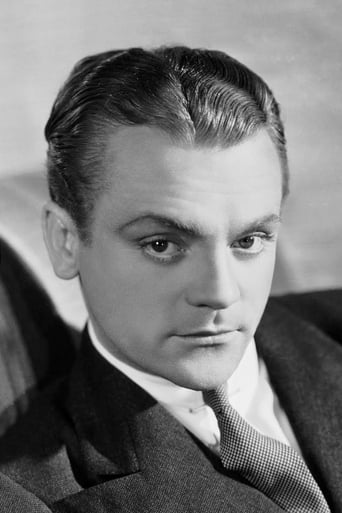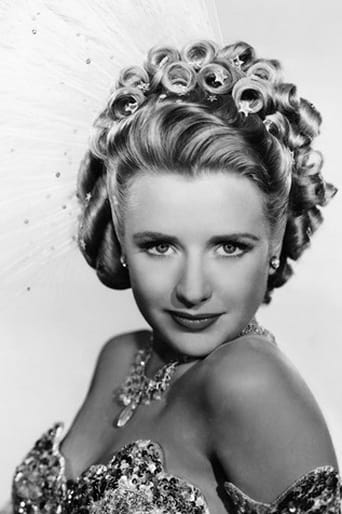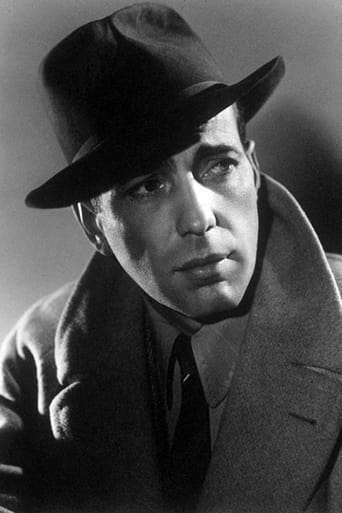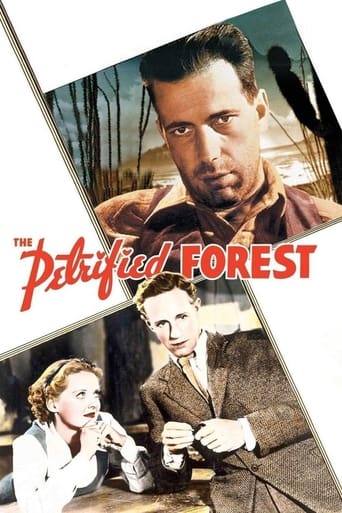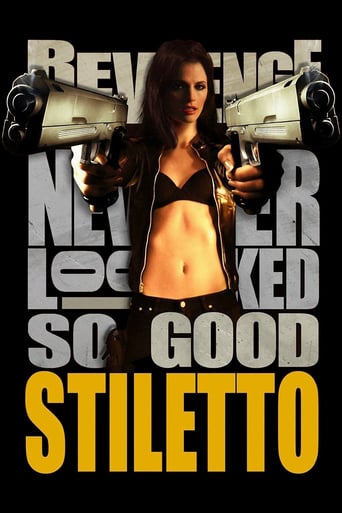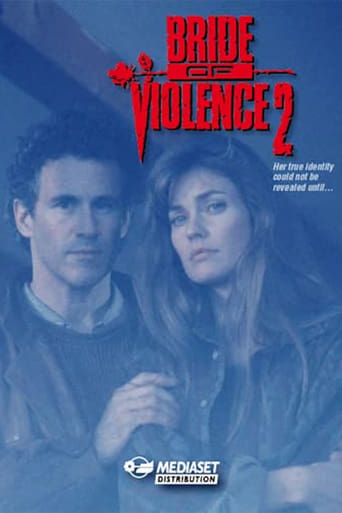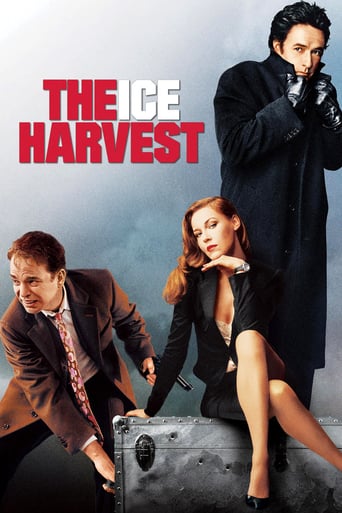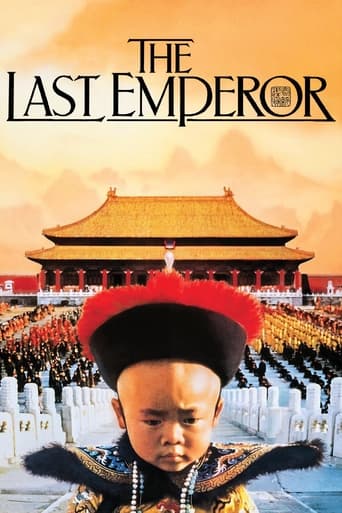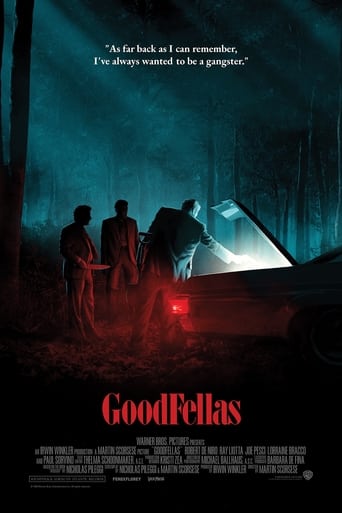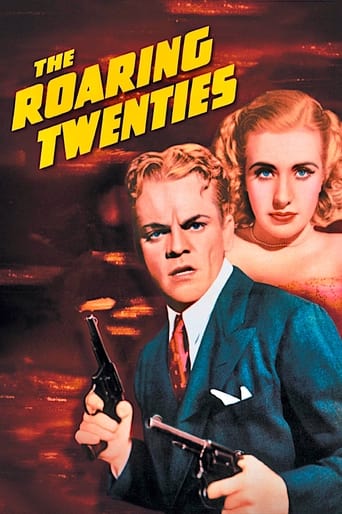
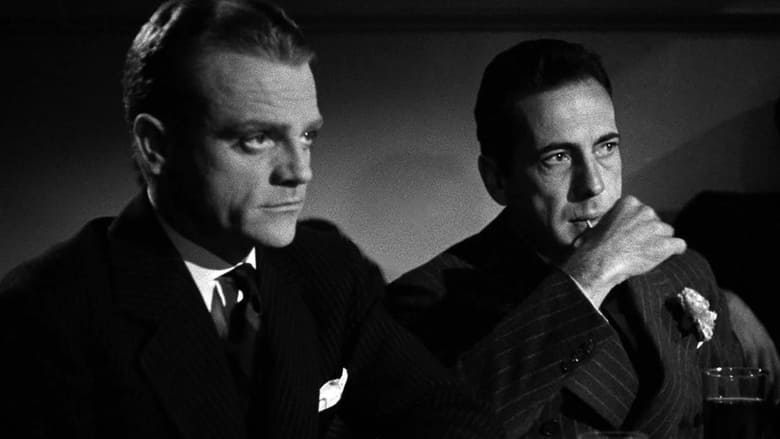
The Roaring Twenties (1939)
After World War I, Armistice Lloyd Hart goes back to practice law, former saloon keeper George Hally turns to bootlegging, and out-of-work Eddie Bartlett becomes a cab driver. Eddie builds a fleet of cabs through delivery of bootleg liquor and hires Lloyd as his lawyer. George becomes Eddie's partner and the rackets flourish until love and rivalry interfere.
Watch Trailer
Cast
Similar titles
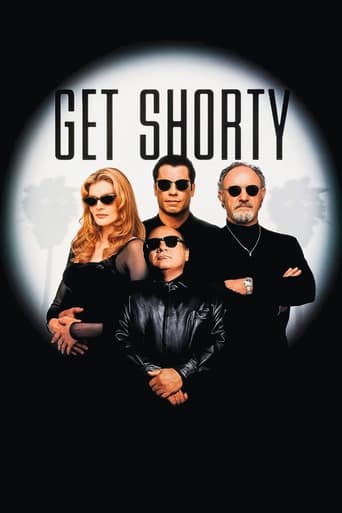
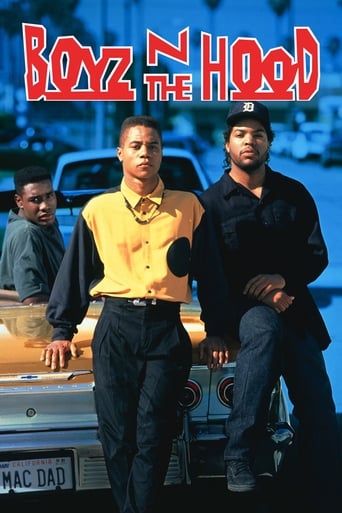
Reviews
What a freaking movie. So many twists and turns. Absolutely intense from start to finish.
The acting is good, and the firecracker script has some excellent ideas.
Ok... Let's be honest. It cannot be the best movie but is quite enjoyable. The movie has the potential to develop a great plot for future movies
The best films of this genre always show a path and provide a takeaway for being a better person.
This is primarily Cagney's film, Bogie not appearing until halfway through. Cagney and Bogie, ex-GI buddies, both get into the bootleg liquor business, initially separately, then as partners, before their breakup toward the end. Lloyd, also a GI buddy, is a lawyer and helps them hurdle legal problems, until they kill a couple of warehouse guards. They have a few altercations with Paul Kelly, as a competing bootlegger. Eddie(Cagney) has a romance dilemma. He's in love with a wholesome pretty girl(Pricilla Lane), who sings in a speakeasy, and tries to marry her, but she doesn't love him nor the people he associates with. The older Gladys Georgia hosts a speakeasy, is quite personable and pretty. She has more in common with Cagney, and, in the end, is the only one who comforts him. Has a good feel for the Prohibition era, with several gun battles. Raoul Walsh directs.
THE ROARING TWENTIES certainly not a classic gangster movie of the thirties of the last century. This fact can be confirmed by the title of the film and the dose of nostalgia that is present in the story. All dramatic changes are presented from the perspective of several protagonists. The story is the rise and fall of organized crime. Changes to the system of values and standards of living of certain groups of society.It was recorded at the end of the decade, when many movie-watchers have already begun to fade memories of the world disappeared with the collapse of the New York Stock Exchange and which is a representation of a carefree, flamboyant life that many of them were enjoying looked fantastic.The Roaring Twenties are not fascinating movie, but the movie is important from a cultural, economic and political context. Acting is not bad. Some actors, like Cagney, were very good. It is interesting to watch Bogart in the role of villain. Gladys Gorge excellently did her and her character is a kind of indication of how the changes affect the system on women in the criminal underworld. Lane and Lynn are the characters of the new system. They are positive and very boring.Deserves a special combination of fiction and documentary footage which the narrator comments on the most important historical events - actions that would later become standard in many similar movies.
Three men (James Cagney, Humphrey Bogart, Jeffrey Lynn) who fought alongside each other in World War I try to make a go of it in 1920s America. Cagney tries to go straight but is pushed into a life of crime as a bootlegger. Bogart doesn't even try! He's rotten and he loves it. Lynn becomes a lawyer but soon finds himself pulled into the business by pal Cagney, while also falling for the girl Cagney's in love with (Priscilla Lane).James Cagney gives one of his finest performances of the '30s. Bogart is a deliciously evil villain. Every scene he's in, he's great. Lane and Lynn are fine but I found myself disliking their characters by the end. But that's probably more to do with my sympathies lying with Cagney. Gladys George is terrific as Panama Smith, a nightclub hostess who holds a torch for Cagney. A first-rate gangster picture like only Warner Bros. could do. Great direction by Raoul Walsh. If you're a fan of any of the stars involved or just a fans of WB gangster pictures in general, you just have to see this one.
Sometimes I come to a film because it looks like it can directly fulfill, sometimes because it can provide precious background to other things that matter, letting them stand. It's watchable in itself, this one; a misfit's rise and fall played against the passing of times. Released on the cusp of WWII, it opened a portal back to more careless times, taking us on a journey from WWI trenches through the highs of Prohibition to the lows of Depression, so we could have this clear moral stance: in the new world there's no room for scoundrels. Right.Interesting here is that only a year or two before Citizen Kane we have a similar saga about the passing of the times, but one that asks no fundamental question of us, casts no doubt on its testimony. It's as lurid and constructed as newspaper headlines of the time, a main contrast in Welles' film about its world-creating newspaperman. It's machinegun history written in the staccato sounds of a newspaperman's typewriter.What I really wanted to see though was Cagney. I am in the middle of a film noir quest looking for its machinery, and as an aside I was brought to explore its roots in 1930's crime stuff. Cagney is a force in this niche. He had so much energy that he could turn into presence. He is not just amused, he doesn't coast on pushing things back like Bogart; he throws himself on the encounter, bitterly cutting himself on the edges. Not so here. He was asked to play a basically decent guy led astray by the prospect of easy money, meaning to reflect the broader American endeavor that ended on Black Tuesday. Usually in a Cagney film he lets loose in the end. They asked of him here the precise opposite; he sleepwalks, numbed by failure, a human ruin clawing at redemption. He looks like he gives it his all, but it's just not who he is. It's as if you asked Welles to strut like Wayne. If you want to see Cagney in top form, look him up in Footlight Parade fully in command of a show, White Heat to see him face real demons.
